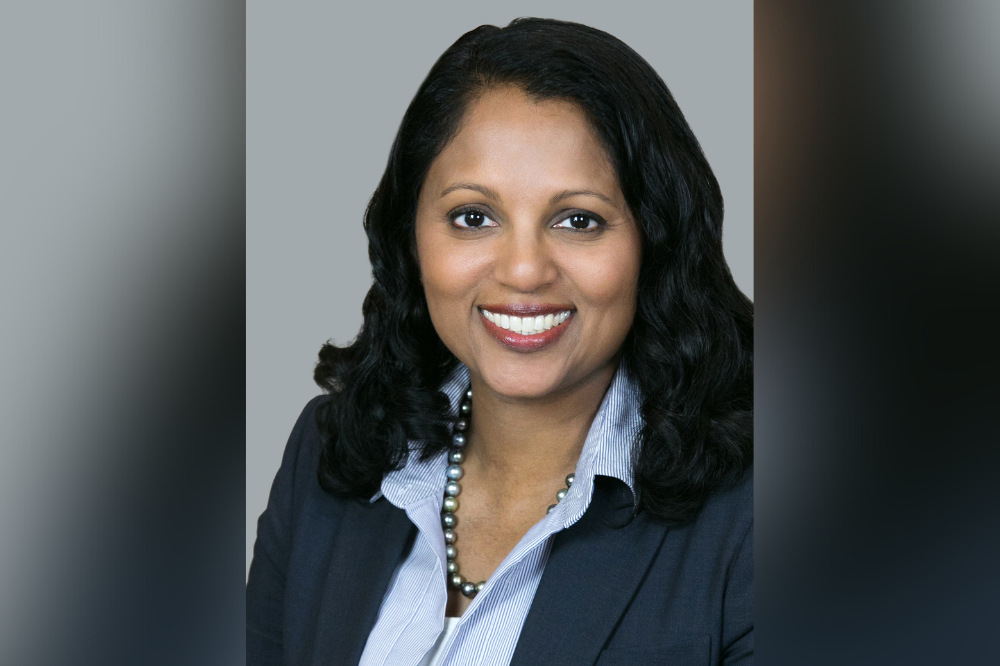"The fever of D&O pricing has finally broken"

Woodruff Sawyer announced that 69% of its clients experienced a decrease in their D&O premiums in the first half of 2022 – a significant shift from the 70% of clients who experienced an increase in premiums in the second half of 2021. The positive shift in pricing was most dramatic for IPO, life science, and technology companies – who were hit hardest by the upward D&O insurance pricing trends of years past.
“One thing we should all remember is that D&O insurance, like many markets, is somewhat cyclical,” said Huskins. “The surprise was that the hard market lasted as long as it did. While this market has softened exceptionally quickly, perhaps that’s a reaction to how long the hard market lasted. Usually hard markets are shorter, and while we expect market turns to be quick, this was unusually quick. So, the extreme of the hard market is perhaps what has driven the quickness in how prices have turned.”
Pricing in the D&O insurance market continues to be differentiated based on risk, Huskins emphasized. She said: “New public companies continue to be sued more frequently than mature public companies, and so unsurprisingly, their premiums are much higher than those of mature public companies. The good news is that when you compare the cost of D&O insurance for a new public company last year to this year, that cost has gone down.”
Read next: SPACs are “an interesting animal” for D&O insurers
As conditions have improved, new insurers have entered the D&O marketplace, and the competition provided by these new entrants has caused leading carriers to reduce premiums to retain clients.
“Without any question, that [increase in capacity] reflected a sentiment that the pricing had reached a place where this was an attractive area to play for insurance carriers,” Huskins told Insurance Business. “However, that increasing supply was not met with increasing demand. Very specifically, what we’ve seen in 2022 is a precipitous decline in the number of new public companies. That decline has meant that the D&O insurance market is now competing for existing public companies to be their clients. It’s classic economics 101, where supply has outstripped demand, and, as a consequence, we’re seeing prices fall.”
All players in the marketplace – whether incumbents or new entrants – have different appetites for where they want to play in a coverage stack, but in the current market conditions, more insurers seem willing to play in the primary layers, according to the results of Woodruff Sawyer’s Underwriters Weigh In survey. In 2021, only 26% of respondents said that they would write the primary layer for D&O insurance, but that jumped to 74% in the 2022 survey.
“A lot more carriers are willing to write primary D&O insurance,” said Huskins. “One observation is that there is a concern that settlements are increasing. And so if you’re an insurance carrier, you might as well play lower on the stack and be paid more for your layer of insurance as opposed to sitting somewhat higher, getting paid less, but suffering the same limit loss. So, I do think that’s part of the thinking.”
Despite there being a lot of optimism in the market, there are some headwinds for D&O underwriters to navigate. For example, the current inflationary environment could hit company balance sheets, potentially leading to greater risk of bankruptcies.
“There’s no question that D&O insurance underwriters are concerned about the current economic environment,” Huskins commented. “When they engage in their underwriting meetings, a company’s stability, its cash flows, its burn rate, and those kinds of questions are top of mind for insurance underwriters. We will see differentiated pricing and differentiated insurance carrier appetite. Companies that are weaker and are more likely to file for bankruptcy will certainly have a harder time in the D&O insurance market than those companies that are entering this recession with enormous balance sheets.”
Read more: Navigating the volatile management liability space
Other trends that D&O underwriters are concerned about – all of which are summarized in detail in Woodruff Sawyer’s D&O Looking Ahead Guide – are increased rulemaking from the US Securities and Exchange Commission (SEC), and issues around environmental, social, and governance (ESG) practices.
“D&O insurance underwriters are abundantly aware that the SEC is engaging in an enormous amount of rulemaking. And when the SEC engages in rulemaking, it simultaneously creates an opportunity for the plaintiffs’ bar to bring disclosure suits,” said Huskins. “Insurance carriers are absolutely asking questions in their underwriting about how prepared companies are to potentially comply with the SEC’s proposed rules around cyber disclosure and climate disclosure, to use two front of mind examples.
“In addition, you’ve got this broader issue of social issues coming into the mix. Insurance underwriters are certainly concerned about the extent at which their clients may be drawn into social issues that could potentially result in D&O-related litigation. That is a particularly difficult area to underwrite. There’s a lot that’s unknown there, but it’s certainly the case that directors and officers of companies are grappling with how to deal with the S in ESG. They’re trying to balance being good employers with the fact that the plaintiffs’ bar is ready and willing to pounce on companies.”





